
- Home
- Photography Tours
- Diary / Blog
- Galleries
- Foreign Trips
- Tasmania 2016
- NE Queensland 2016
- Western Alps 2016
- NE Spain 2016
- Australia's Wet Tropics 2015
- Australia's Top End 2015
- SW Australia 2015
- Switzerland 2015
- Andalucia 2015
- Belize 2015
- Australia 2014
- Switzerland 2014
- Belize 2014
- Bahama Islands 2014
- Switzerland 2013
- Ecuador 2012-2013
- Florida 2011-2012
- Vancouver Island 2011
- Australia 2010
- Peru 2008
- Bulgaria 2007
- Lesvos 2006
- California 2006
- New Zealand 2005
- Extremadura 2005
- Goa, India 2004
- The Gambia 2003
- About
July 2014
19th-21st July 2014
Swansea & The Gower
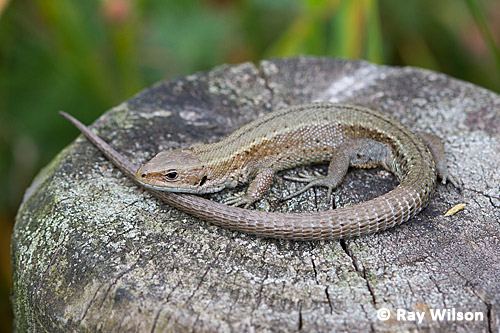
Viviparous Lizard (Lacerta vivipara)
I was back down in Swansea visiting a friend again this weekend and, unusually for south Wales the weather was pretty good so we were able to spend all of it outdoors.
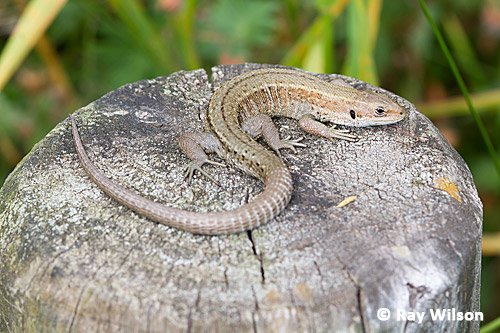
Viviparous Lizard (Lacerta vivipara)
Saturday was spent on the Gower, searching the undercliffs for interesting inverts and flowers. Obviously the lizard above doesn't fall into either of those categories but I never pass up the opportunity to photograph something that is posing so beautifully!
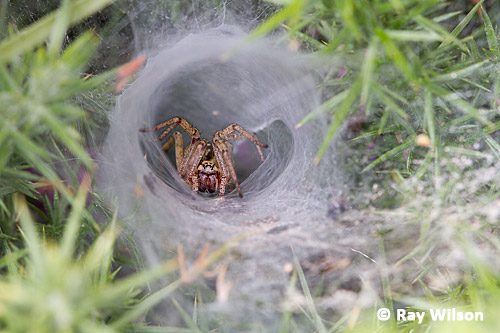
Nursery-web Spider (Agelena labyrinthica)
Agelena labyrinthica webs were everywhere in the gorse scrub, but this was the only one I noticed with the owner lurking at the entrance to the tunnel...
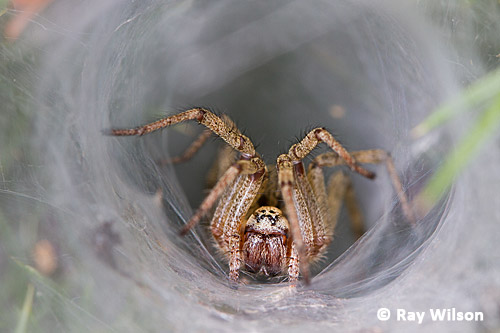
Nursery-web Spider (Agelena labyrinthica)
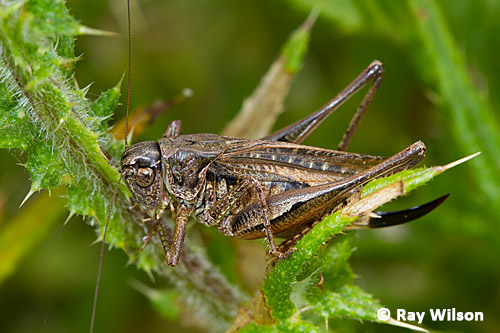
female Grey Bush-cricket (Platycleis albopunctata)
Both Grey and Dark Bush-crickets were present in the same patch of thick vegetation.
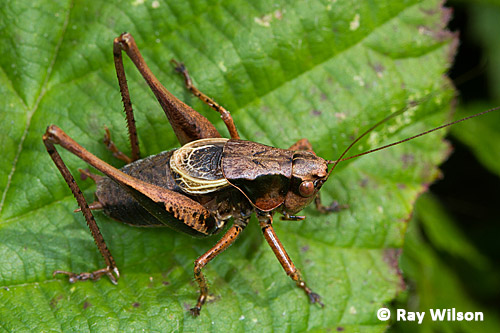
male Dark Bush-cricket (Pholidoptera griseoaptera)
There weren't too many interesting flowers to photograph, but then again it is getting quite late in the year. A couple of coastal specialists that obviously don't occur back home in Nottinghamshire are shown below. Although they are both called Samphires in English, they are totally unrelated and belong to separate families, the Apiaceae and Asteraceae respectively.
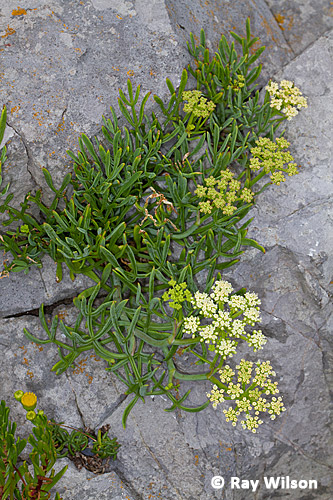
Rock Samphire (Crithmum maritimum) |
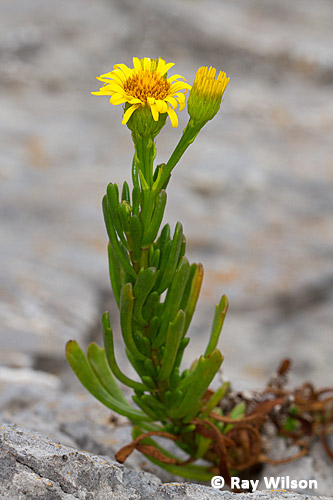
Golden Samphire (Inula crithmoides) |
Eyebrights are extremely difficult to identify and, with 71 known wild hybrids occurring in Britain, several specimens from the same population need to be closely studied and compared before identification to species should even be attempted.
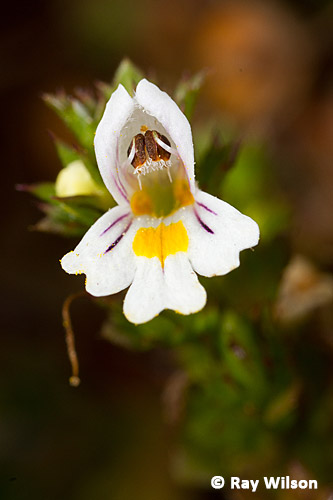
Eyebright sp. (Euphrasia sp.) |
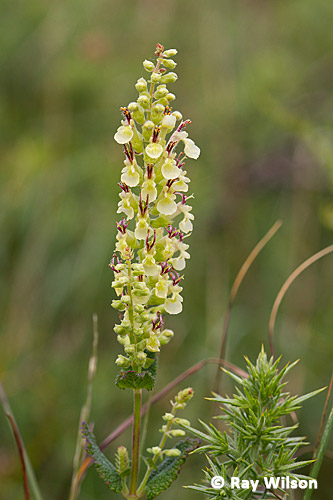
Wood Sage (Teucrium scorodonia) |
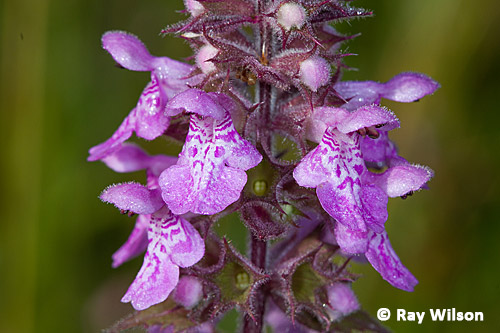
Marsh Woundwort (Stachys palustris)
The bees in the photo below were using plantain seedheads in Ian's garden to roost on overnight. Both L. calceatum and L. albipes are common and widespread in Britain, but are very similar and impossible to separate from a photograph alone.
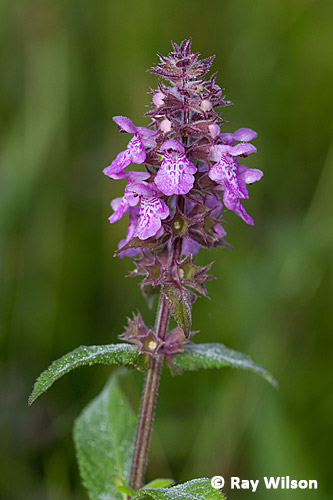
Marsh Woundwort (Stachys palustris) |
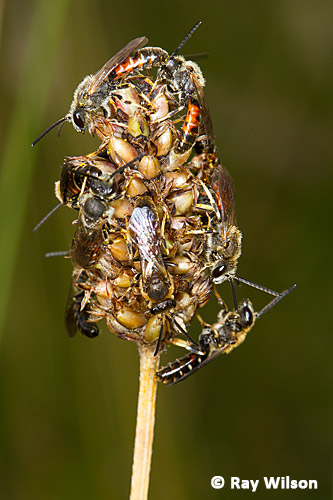
Lasioglossum calceatum / albipes |
Overnight, we ran a few moth traps down at Crymlyn Burrows. There wasn't a huge variety of moths when we emptied the traps early on Sunday morning but there were a few species I hadn't seen before.
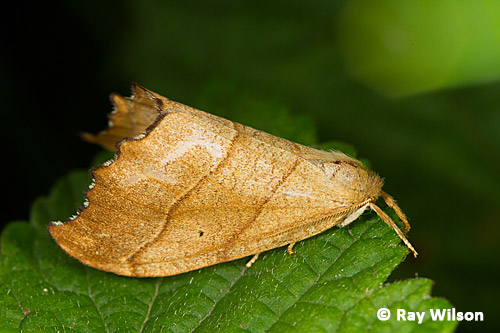
Scalloped Hook-tip (Falcaria lacertinaria)
Scalloped Hook-tip is totally unmistakeable, as its wing shape and posture is unique among British macromoths. It is found throughout Britain in areas where its larval foodplant, Birch trees, are present.
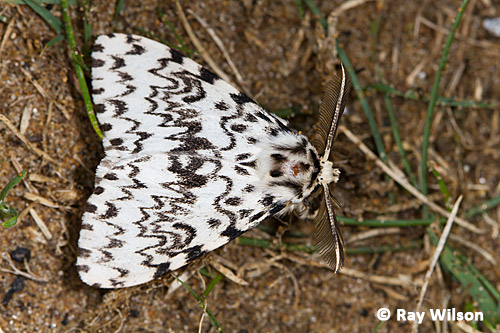
Black Arches (Lymantria monacha)
Another unmistakeable moth, the Black Arches, is in contrast restricted to southern Britain, where it is usually found in oak woodland.
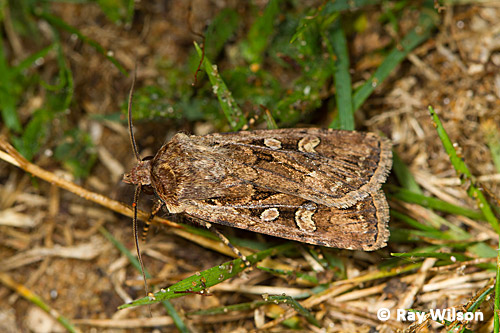
White-lined Dart (Euxoa tritici)
The beautiful silvery fur of male Acrosathe annulata provides the fly with very effective camouflage when resting on bare sand in their preferred habitat of coastal sand dunes.
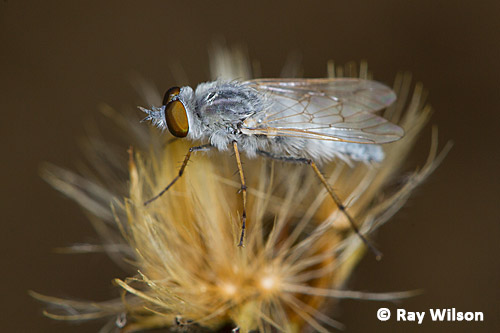
Coastal Silver-stiletto (Acrosathe annulata)
The distinctive pattern of white dots on the abdomen and the red hind tibias make Episyron rufipes one of the easiest Pompilid wasps to identify. Like all members of its genus, E. rufipes is a spider-hunting wasp that captures and paralyses spiders to use as a living larder for their larvae to feed off. The female shown below was in the process of digging her burrow into the slope of a sand dune.
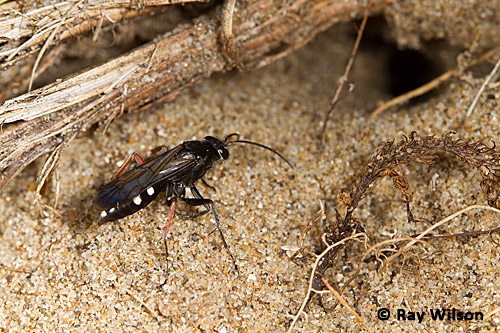
female Episyron rufipes entering her burrow
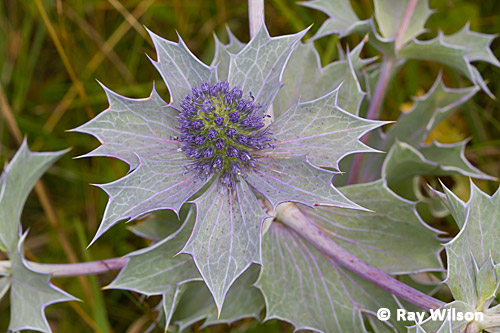
Sea-holly (Eryngium maritimum)
Sea-holly is a distinctive native of sand dune and shingle coastal habitats.
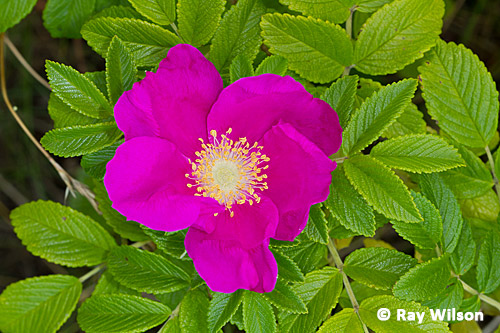
Japanese Rose (Rosa rugosa)
Rosa rugosa is a common, introduced plant from eastern Asia that has become naturalised on sand dunes and rough ground in scattered locations throughout Britain. It was very common on the dunes at Crymlyn.
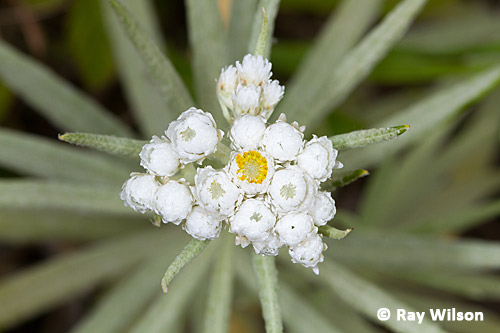
Pearly Everlasting (Anaphallis margaritacea)
Pearly Everlasting is another naturalized garden escape, this time a native of North America, that is locally distributed in marginal and rough ground, especially in western Britain.
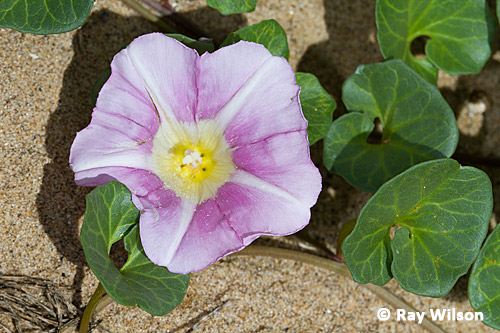
Sea Bindweed (Calystegia soldanella)
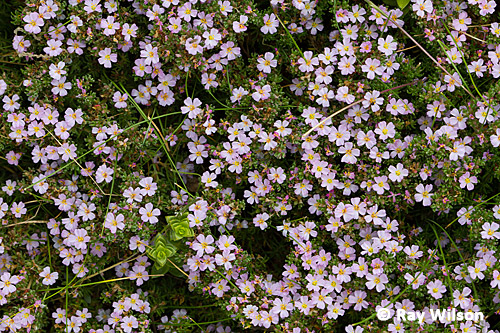
Sea Heath (Frankenia laevis)
Dense carpets of Sea Heath created a splash of pale pink on the otherwise drab coastal saltmarsh. This plant is native around the coast from southeastern England to northern Lincolnshire, but is probably of introduced origin in the scattered sites it grows in Wales.
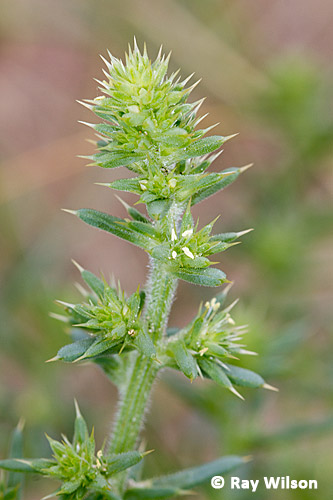
Prickly Saltwort (Salsola kali) |
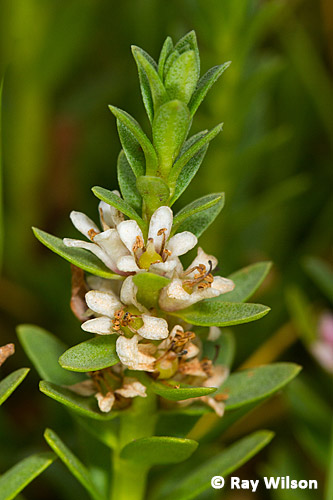
Sea Milkwort (Glaux maritima) |
Some more coastal specialists included Prickly Saltwort, Sea Milkwort, Greater Sea-Spurrey and Common Restharrow.
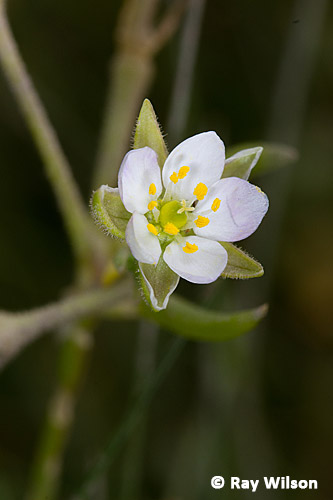
Greater Sea-spurrey (Spergularia media) |
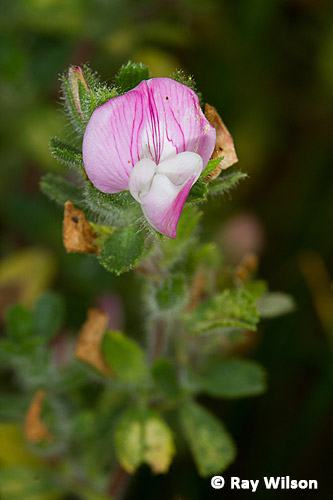
Common Restharrow (Ononis repens) |
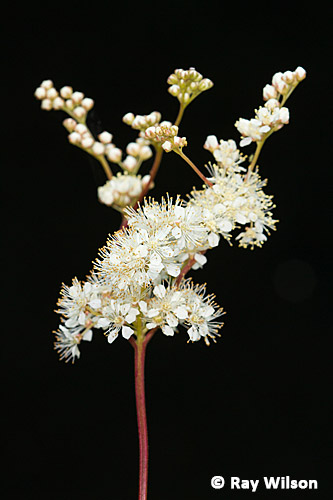
Meadowsweet (Filipendula ulmaria) |
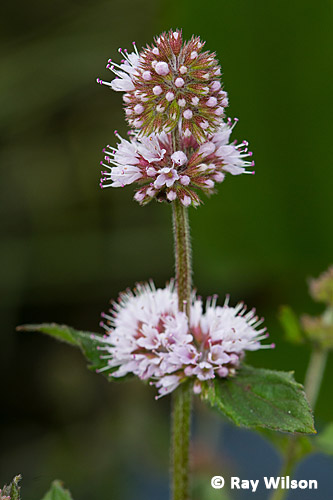
Water Mint (Mentha aquatica) |
Ray Wilson owns the copyright of all images on this site.
They may not be used or copied in any form without prior written permission.
raywilsonphotography@googlemail.com